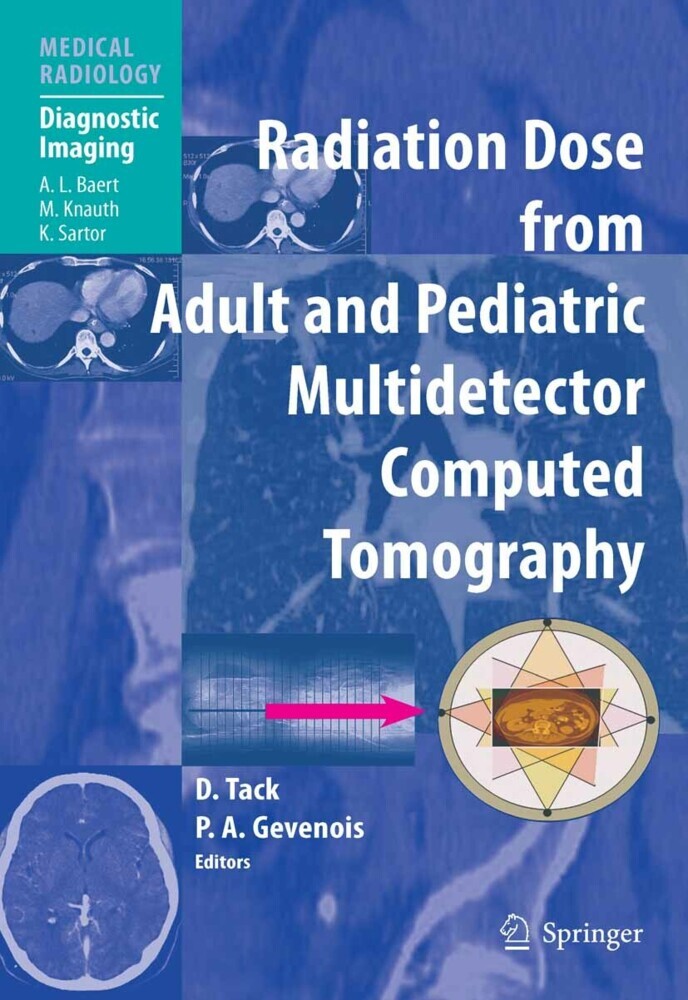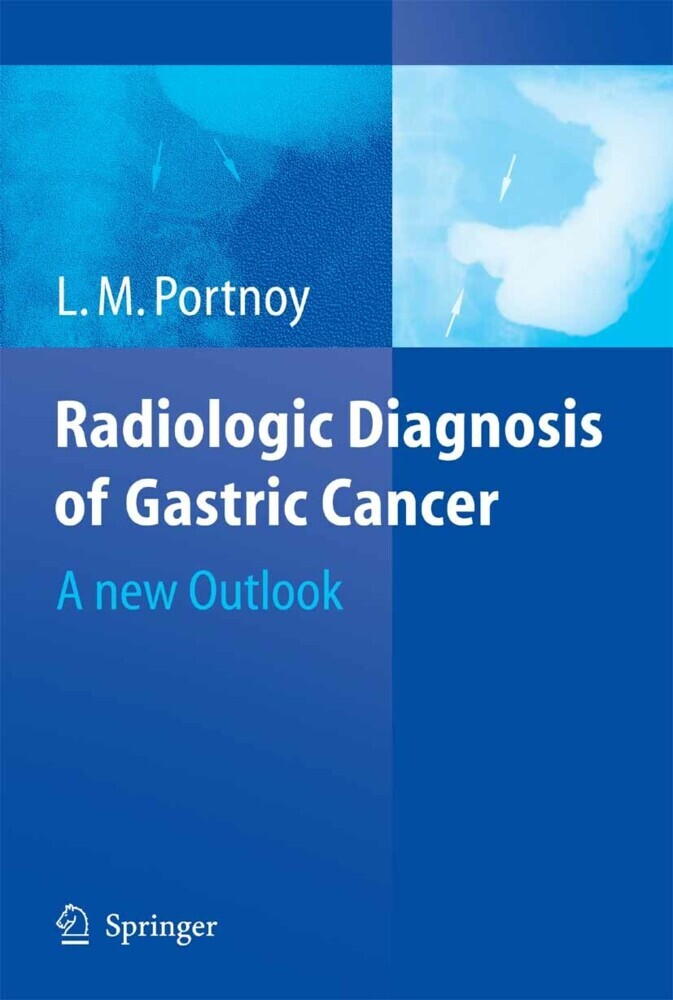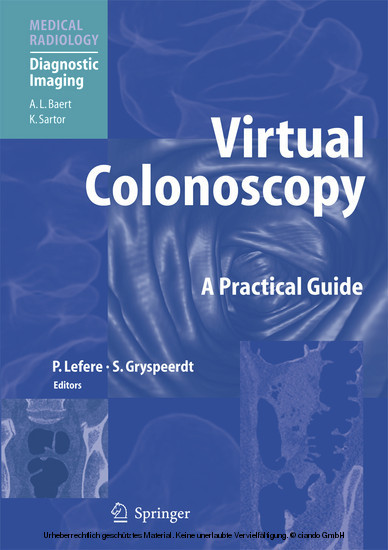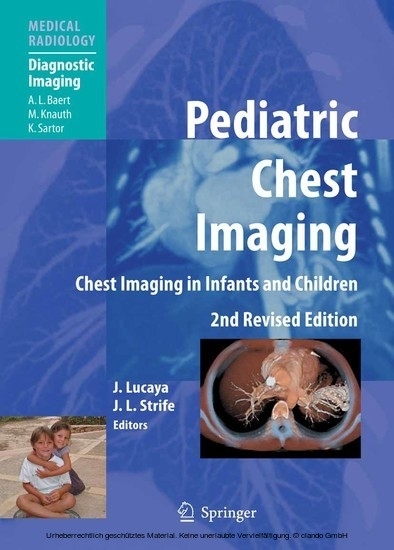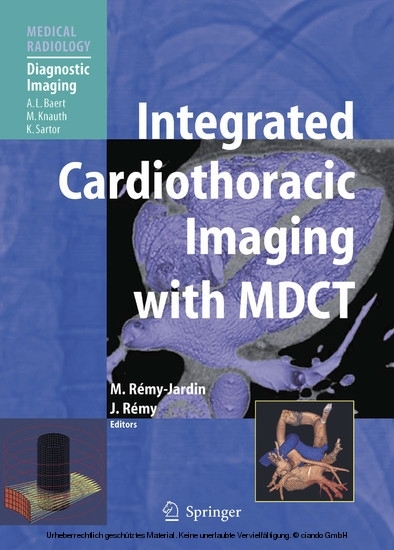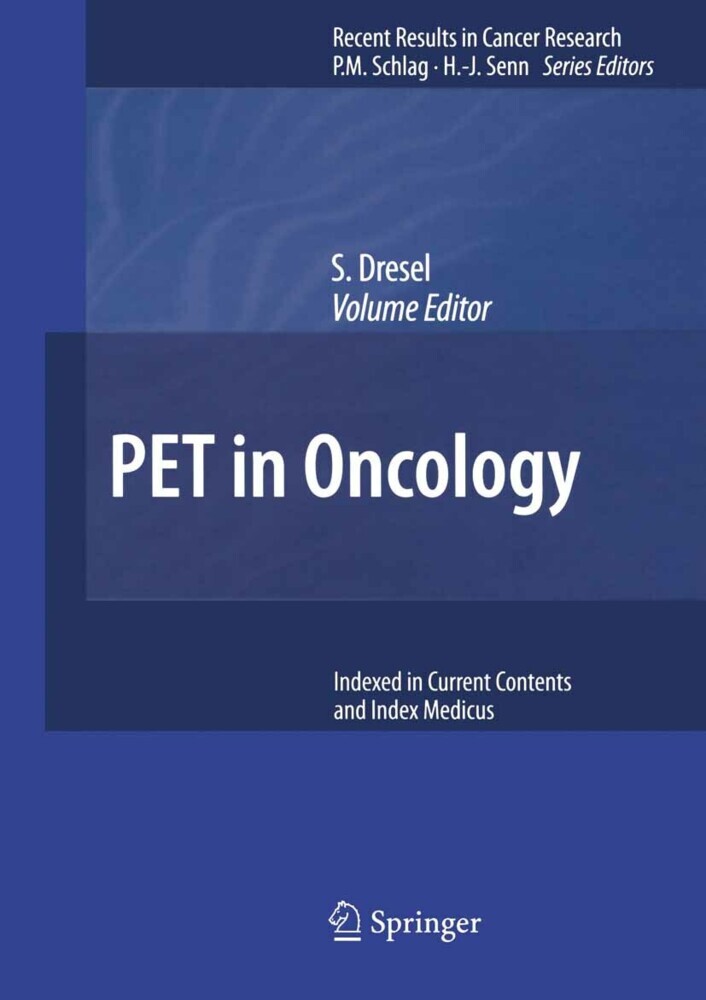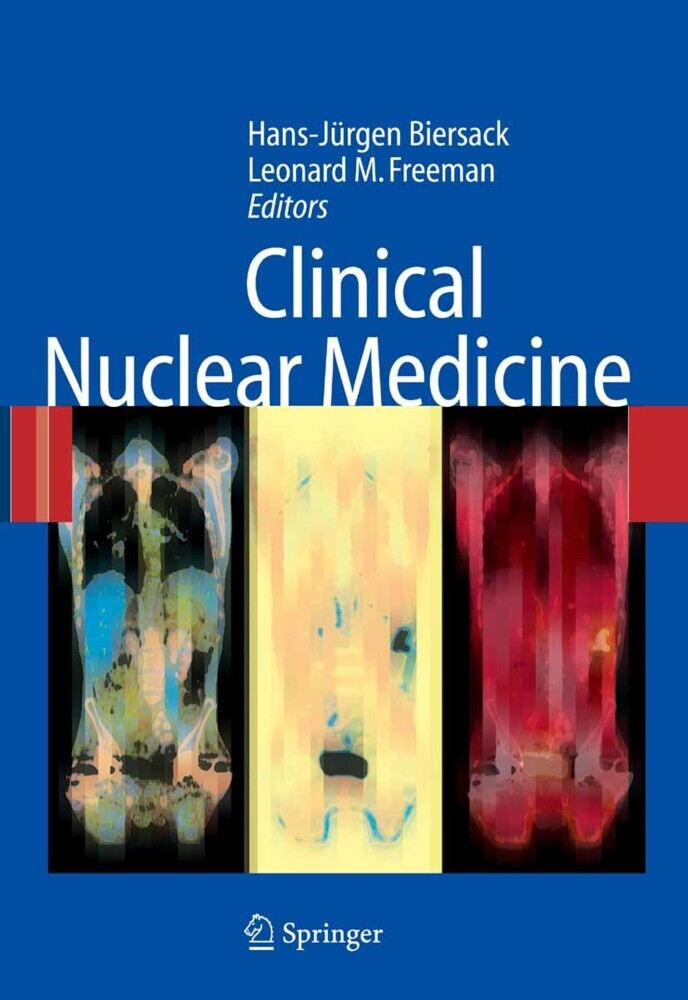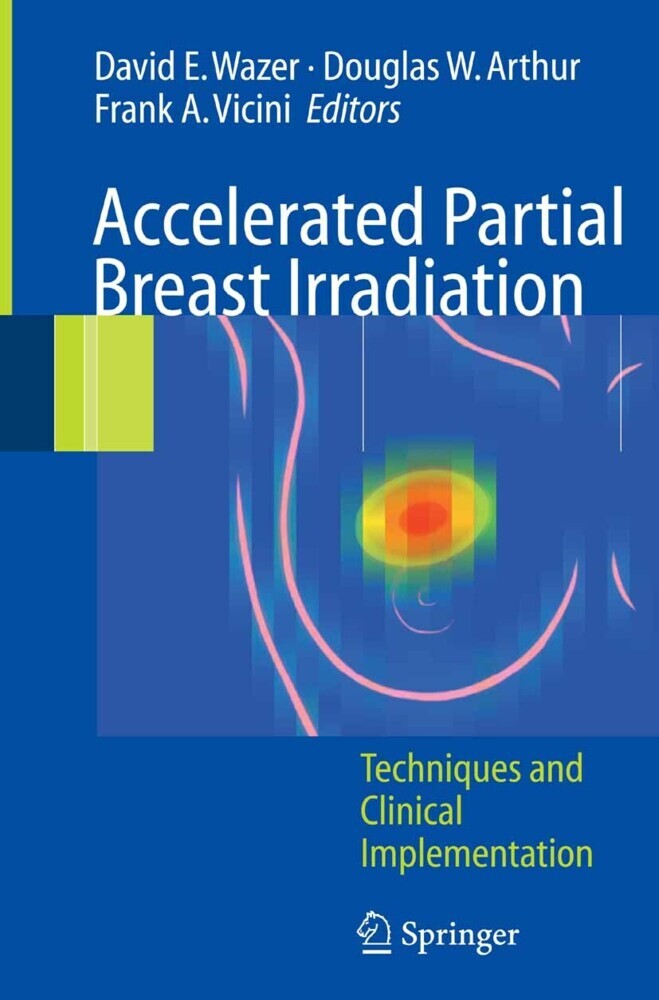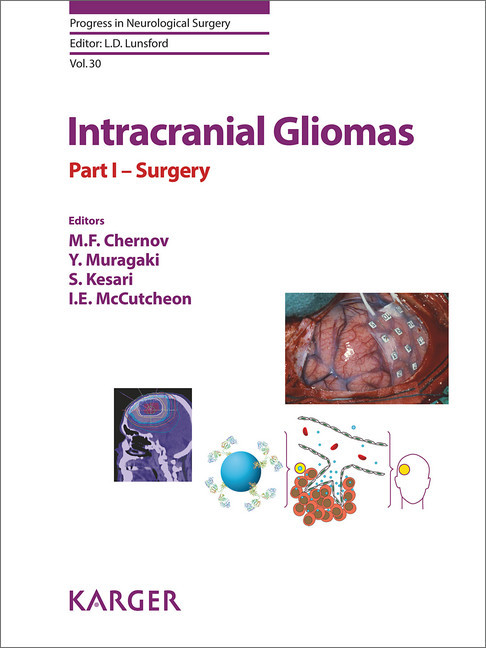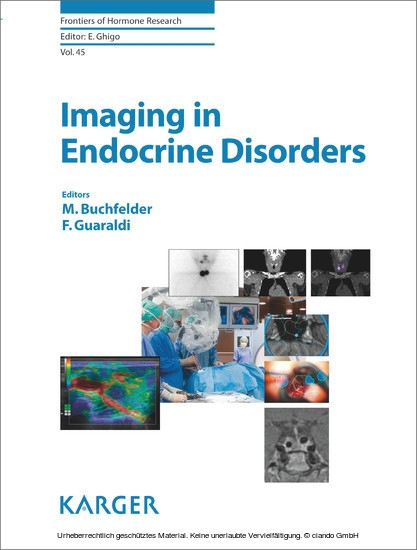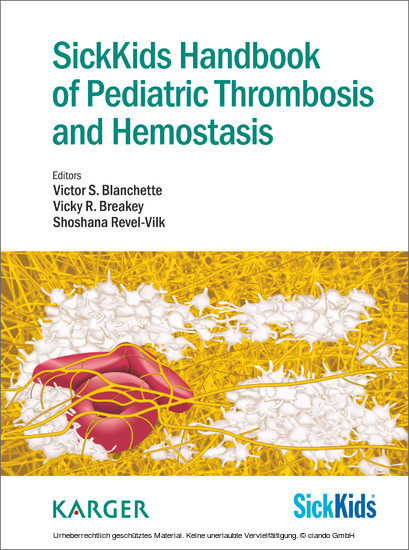Radiation Dose from Adult and Pediatric Multidetector Computed Tomography
The number of computed tomography (CT) examinations has increased continuously since 1980 for a variety of reasons, including new indications and growth in the number of CT units. Beyond its use in adults with suspected malignancies and other conditions, CT is now used in young patients, including children, who are suffering from benign diseases and have a long life expectancy.
The consequence of this trend is that CT, and in particular multidetector row CT (MDCT), is now responsible for about two-thirds of the total radiation dose delivered to the population for diagnostic purposes. Because of the associated radiation dose, CT may induce cancers, and the risk of death has been estimated at up to one per 1,000 CT examinations. Even if the balance between the risks related to ionizing radiation and the benefits from an accurate diagnosis provided by CT scanning has always been considered highly positive, it is now mandatory to reduce and/or to optimize the radiation dose. Referring clinicians, radiologists, and technologists should therefore all understand the mechanisms that determine the radiation risk, but it has been shown that only a small proportion of these professionals are aware of both the radiation risks and their underlying mechanisms.
This book is designed to rectify this situation. The first part of the book provides a comprehensive approach to all the factors that influence the radiation dose and subsequently the risk induced by using MDCT in children and adult patients. In the second part, guidelines are proposed for optimization of the radiation dose in order to obtain an image quality sufficient for appropriate diagnostic performance while restricting the dose delivered. The authors are experts of international standing, selected for their acknowledged scientific contributions. This book will appeal to both general and specialized radiologists, including pediatric radiologists, CT technologists, physicists, manufacturers, and all professionals involved in MDCT.
The consequence of this trend is that CT, and in particular multidetector row CT (MDCT), is now responsible for about two-thirds of the total radiation dose delivered to the population for diagnostic purposes. Because of the associated radiation dose, CT may induce cancers, and the risk of death has been estimated at up to one per 1,000 CT examinations. Even if the balance between the risks related to ionizing radiation and the benefits from an accurate diagnosis provided by CT scanning has always been considered highly positive, it is now mandatory to reduce and/or to optimize the radiation dose. Referring clinicians, radiologists, and technologists should therefore all understand the mechanisms that determine the radiation risk, but it has been shown that only a small proportion of these professionals are aware of both the radiation risks and their underlying mechanisms.
This book is designed to rectify this situation. The first part of the book provides a comprehensive approach to all the factors that influence the radiation dose and subsequently the risk induced by using MDCT in children and adult patients. In the second part, guidelines are proposed for optimization of the radiation dose in order to obtain an image quality sufficient for appropriate diagnostic performance while restricting the dose delivered. The authors are experts of international standing, selected for their acknowledged scientific contributions. This book will appeal to both general and specialized radiologists, including pediatric radiologists, CT technologists, physicists, manufacturers, and all professionals involved in MDCT.
1;Foreword;52;Introduction;63;Contents;84;Clinical Expansion of CT and Radiation Dose;104.1;1.1 Introduction;104.2;1.2 Clinical Expansion;114.3;1.3 The Dose Problem;124.4;1.4 Approaches to the Problem;144.5;References;165;Part I Radiation Risks in Multidetector CT;185.1;Risks from Ionising Radiation;195.1.1;2.1 Introduction;195.1.2;2.2 Model Development;225.1.3;2.3 Radiation- Induced Cancer;305.1.4;2.4 Discussion and Conclusions;355.1.5;References;355.2;The Cancer Risk from Low- Level Radiation;405.2.1;3.1 Introduction;405.2.2;3.2 Problems with the Basis of the Linear No- Threshold Theory;415.2.3;3.3 Direct Experimental Challenges to the Basis for LNT ;425.2.4;3.4 Effects of Low-Level Radiation on Biological Defense Mechanisms;425.2.5;3.5 Cancer Risk Versus Dose in Animal Experiments;475.2.6;3.6 Cancer Risk Versus Dose: Data from Human Exposures;475.2.7;3.7 Dependence of Latent Period on Dose;545.2.8;3.8 Conclusion;545.2.9;References;545.3;CT Parameters that Influence the Radiation Dose;575.3.1;4.1 CT Dose Descriptors;575.3.2;4.2 Equipment- Related Factors;625.3.3;4.3 Application- Related Factors;735.3.4;References;845.4;Collective Radiation Dose from MDCT: Critical Review of Surveys Studies;865.4.1;5.1 Introduction;865.4.2;5.2 Reference Dose Levels ( RDL);875.4.3;5.3 Statistical Values and their Meanings;905.4.4;5.4 Interpretation of Data and Pitfalls;925.4.5;5.5 Comparison of Different Surveys;945.4.6;5.6 Surveys Comparing MDCT and SDCT;965.4.7;5.7 Paediatric Issues;975.4.8;5.8 Optimization Processes;1005.4.9;5.9 Conclusion;1005.4.10;References;1015.5;Methods and Strategies for Radiation Dose Optimization - and Reduction - in MDCT with Special Focus on the Image Quality;1035.5.1;6.1 Introduction: Should We Optimize/ Minimize the Patient's Radiation Exposure?;1035.5.2;6.2 Guidelines for Appropriate Use of Imaging;1045.5.3;6.3 Optimization of the MDCT Technique;1065.5.4;6.4 Comments;1195.5.5;6.5 In Summary;1195.5.6;References;1195.6;Automatic Exposure Control in Multidetector- Row Computed Tomography;1215.6.1;7.1 Definition;1215.6.2;7.2 Rationale;1225.6.3;7.3 Nomenclature and Types of AEC Techniques;1225.6.4;7.4 AEC Mechanisms;1235.6.5;7.5 Clinical Evidence for AEC Techniques;1285.6.6;7.6 Trouble-shooting for AEC Techniques;1285.6.7;7.7 Pitfalls;1295.6.8;7.8 Summary;1305.6.9;References;1305.7;Patient Centering in MDCT: Dose Effects;1325.7.1;8.1 Patient Positioning and Centering;1325.7.2;8.2 Effects of Off- Centering;1335.7.3;8.3 Reasons for Off- Centering;1345.7.4;8.4 Strategies for Ensuring Appropriate Patient Centering;1345.7.5;References;1356;Part II Clinical Approaches of Dose Optimization and Reduction;1366.1;Dose Optimization and Reduction in CT of the Head and Neck, Including Brain;1376.1.1;9.1 Dose Optimization and Reduction in CT of the Head ( Brain);1376.1.2;9.2 Dose Optimization and Reduction in CT of Head and Neck Region;1446.1.3;References;1526.2;Dose Reduction and Optimization in Computed Tomography of the Chest;1546.2.1;10.1 Introduction;1546.2.2;10.2 Routine Chest CT;1556.2.3;10.3 CT Pulmonary Angiography;1566.2.4;10.4 Air Trapping and Expiratory CT;1566.2.5;10.5 CT Quantification of Pulmonary Emphysema;1566.2.6;10.6 Optimized MDCT Acquisitions Using Automatic Exposure Control;1586.2.7;10.7 Recommendations and Proposals;1596.2.8;10.8 Conclusion;1596.2.9;References;1596.3;Dose Optimization and Reduction in MDCT of the Abdomen;1616.3.1;11.1 Introduction;1616.3.2;11.2 Usual Radiation Dose and Reference Levels;1616.3.3;11.3 Dose Reduction in Acute Abdominal Disorders;1626.3.4;11.4 Dose Reduction in Chronic Abdominal Disorders;1676.3.5;11.5 Effect of Body Mass Index;1676.3.6;11.6 Proposals of Presets and Doses;1686.3.7;11.7 Perspectives;1686.3.8;11.8 Conclusion;1696.3.9;References;1696.4;Optimization of Radiation Dose in Cardiac and Vascular Multirow- Detector CT;1716.4.1;12.1 Optimization of Radiation Dose in Cardiac Detector
| ISBN | 9783540685753 |
|---|---|
| Artikelnummer | 9783540685753 |
| Medientyp | E-Book - PDF |
| Copyrightjahr | 2007 |
| Verlag | Springer-Verlag |
| Umfang | 276 Seiten |
| Sprache | Englisch |
| Kopierschutz | Adobe DRM |

